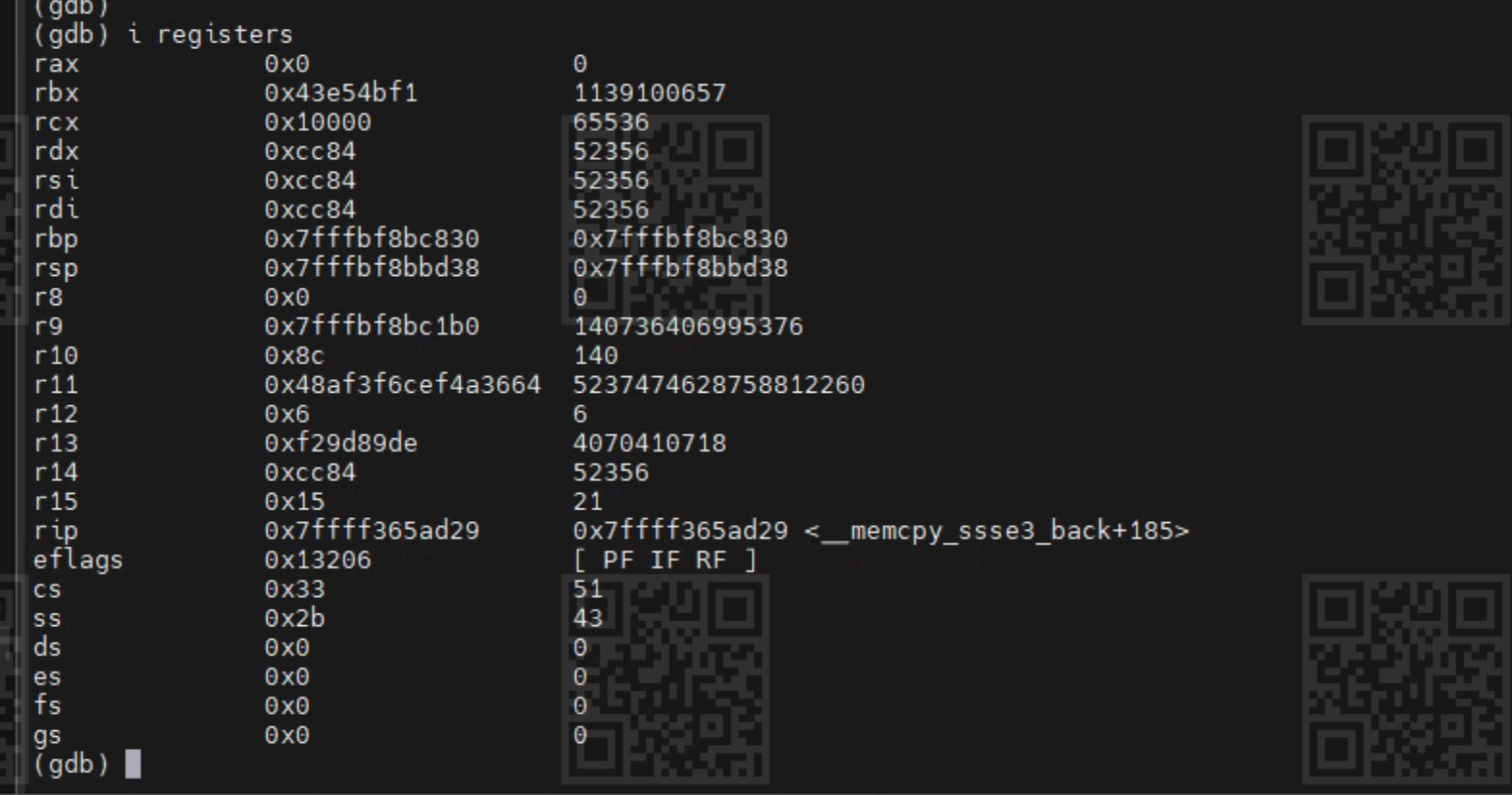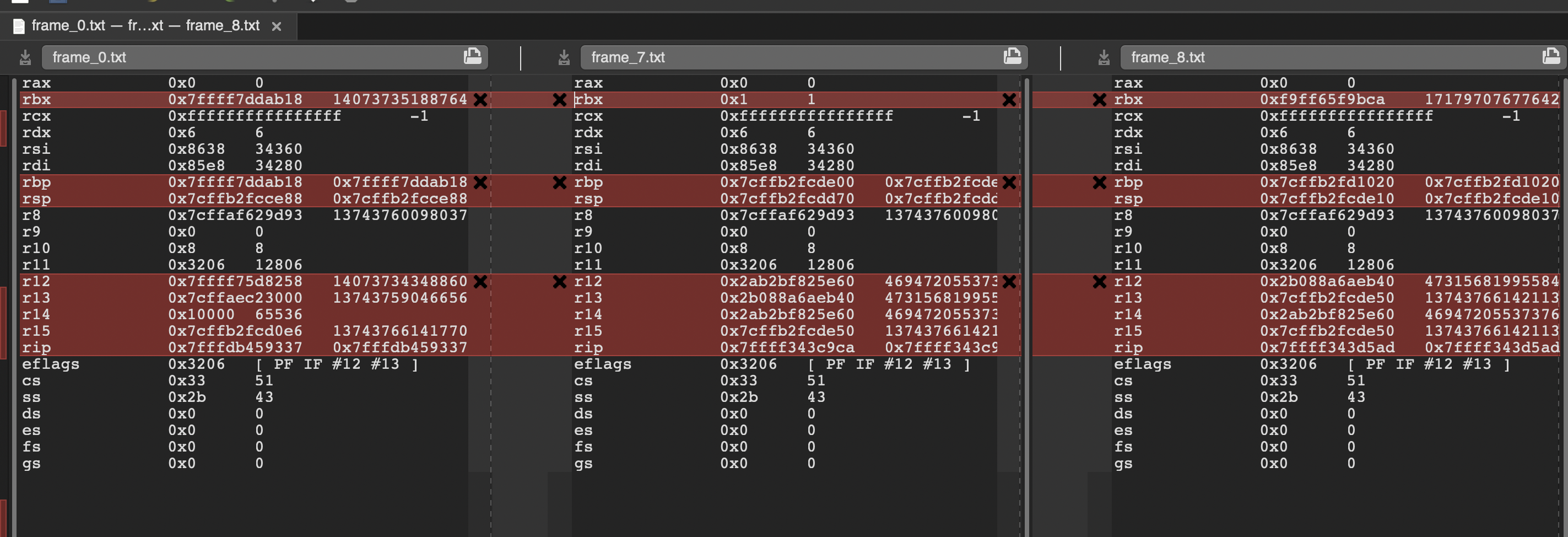Last week, I wanted to test whether a trivial function works OK on big-endian CPU. I have ARM and X86_64 machines at hand, but both them are little-endian. After searching online, I come across Running a emulated SparcStation 20 with qemu-sparc, though I heard about qemu before, but never used it, so wanted to give it a spin.
The installation of qemu is straightforward, then I created a NetBSD-10.1-sparc machine in just 3 steps (omit some configurations unneeded for me):
$ qemu-img create -f qcow2 ss20.image 4G
$ qemu-system-sparc -M SS-20 -m 256 -drive file=NetBSD-10.1-sparc.iso,bus=0,unit=2,media=cdrom,readonly=on -drive file=ss20.image,bus=0,unit=0,media=disk -full-screen -boot d
$ qemu-system-sparc -M SS-20 -m 256 -drive file=ss20.image,bus=0,unit=0,media=disk -full-screen -boot c
Then the machine booted successfully and met my requirement perfectly!

